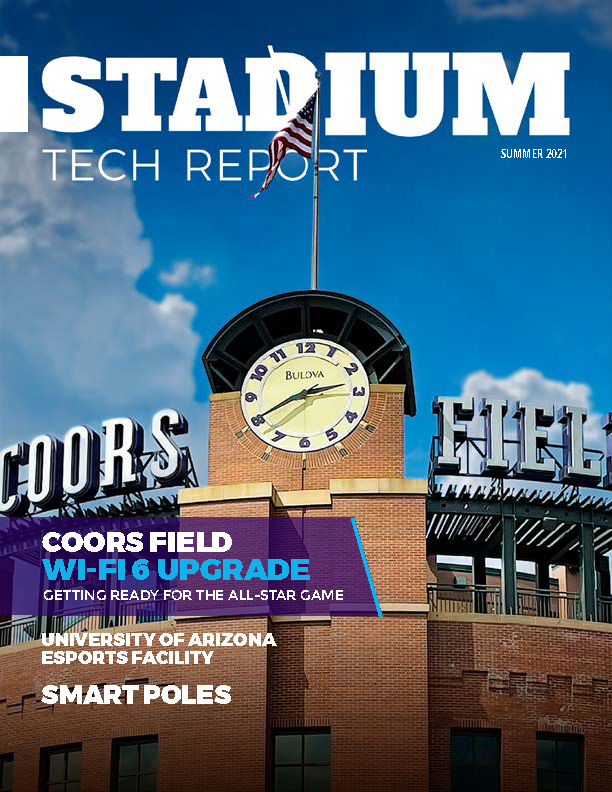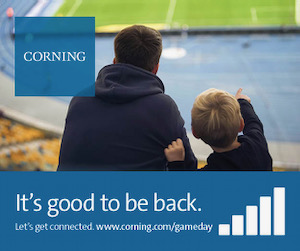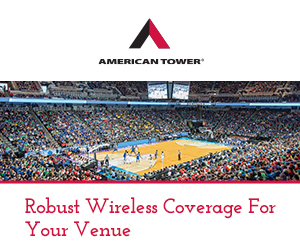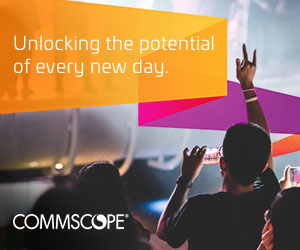Fair warning: This is all conjecture, and not based on any interviews or inside information. But based on some cognizant observations as well as just sheer geography, it is our guess that networking giant Cisco might have the inside sponsorship track for the new football stadium being considered for the San Francisco 49ers.
Now with $200 million in NFL money in hand, it appears that the Niners’ planned move south to the Silicon Valley burb of Santa Clara is as close to a done deal as possible. For the moment, our question is, what corporate name will grace the concourses of the soon-to-be-built temple of football from among the many choices in cash-rich Silicon Valley?
At the top of the guess list you can put Cisco, whose main corporate campus lies just a few blocks down Tasman Drive from the new stadium site. Though Cisco’s historic bent has been to pursue sponsorship of a new baseball stadium for the Oakland A’s (first a failed attempt to build one in the East Bay town of Fremont, and now with hopeful plans for a new stadium in San Jose), the company’s Connected Stadium business would have some serious egg on its face if it couldn’t win the big deal just down the street. But we haven’t heard any rumors that Cisco is even the front runner, so which other companies might be in the race?
How about cash-rich Apple, which has nearly $100 billion stuffing its corporate wallet, or nearby search king Google? Though neither company has a history of sports sponsorships a “Google Stadium” or an “Apple Field” could be an international jewel of a marketing vehicle, acting as a base for either company to demonstrate devices, applications and other innovations in a setting that would regularly draw lots of foot traffic as well as national media attention.
Other candidates could include Oracle, whose leader Larry Ellison has been more involved than any other Silicon Valley in sports sponsorship — both via Oracle’s existing name sponsorship of Oakland’s Oracle Arena, home of the NBA’s Golden State Warriors, and in Ellison’s out-front leadership in bringing the America’s Cup boat race to San Francisco Bay. And how about the idea of “Facebook Field,” a place where fans could “like” just by showing up. With a huge IPO on the way, Facebook might want to use some of that cash to show up its older Silicon Valley neighbors by sponsoring the Niners’ new home.
What’s your guess? Chime in via the comments. Gratuitous new-stadium video follows.










